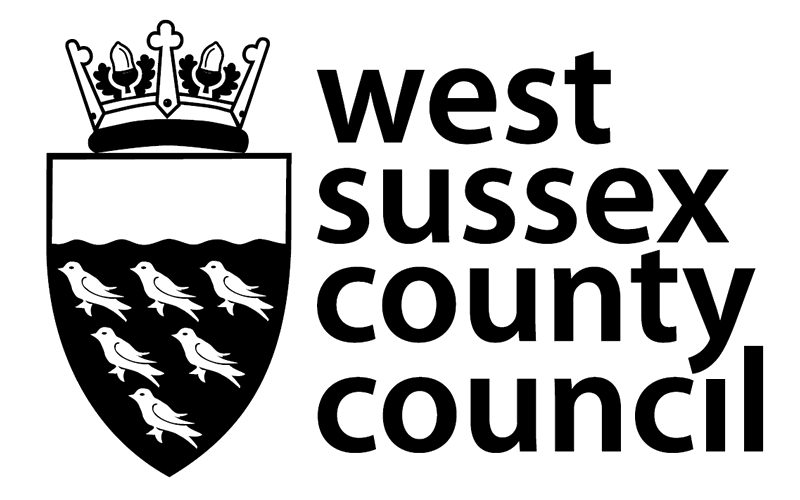Route safety schemes
Route treatment is defined as "addressing a number of incident problems on one or more routes, such as, adjoining road sections with broadly similar characteristics and traffic" (Road Safety Good Practice Guide published by the DTLR in 2001).
The emphasis of the treatment is to solve incident problems along the whole route. Treatment usually includes engineering 'remedies' or 'measures', but may also include education, publicity or enforcement strategies.
Over the past 10 years, we have developed a number of route speed management and safety schemes through the Route Safety Scheme (RSS) programme. Some of these have been particularly effective in reducing the number of casualties in road traffic incidents.
The evaluation of these schemes has shown that a package of measures along a route with high rates of casualties can be very successful in reducing vehicle speeds and the number and severity of incidents.
Because of limited resources, we can only implement a few schemes each year. The complexity of implementing route schemes cannot be overestimated and will require significant pre-planning. This will have an impact on lead in times. Some route schemes have taken more than 5 years from conception to completion.
Schemes in West Sussex have tended to involve the following works:
- consistent warning signs along the route
- surface treatments (grey high friction surfacing (anti-skid) on bends and red high friction surfacing at junctions)
- review of speed limits against speed limit criteria
- vehicle activated signs
- inclusion of local safety schemes at critical sites
- application of safer roadside street furniture and signpost design
- cycle and pedestrian facilities
Prioritising route improvements
We prioritise sites by a system using weighted casualties. Collisions involving personal injury are recorded by the local police through STATS19 data. They are classified into 3 categories: fatal, serious, and slight.
Each collision may have a number of casualties related to a single incident. The method involves breaking down the number of casualties and factoring it by 3 for fatal, 2 for serious, and 1 for slight.
The number of weighted casualties is calculated over a 3-year period and divided by the length of a section of route. It is unlikely a significant reduction in incidents and casualties can be achieved unless the route is above the county average, which is currently 6.6 weighted casualties per kilometre.

